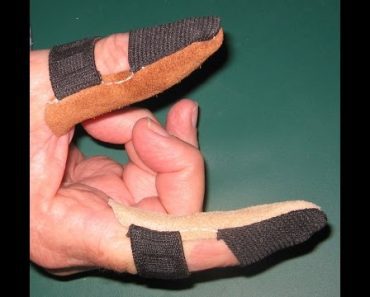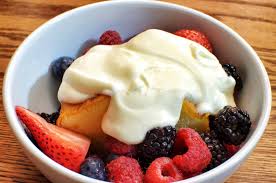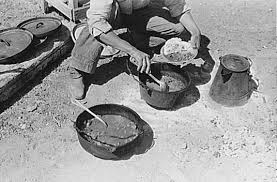When carving my first spoon with a hook-knife, I learned very quickly that my thumb and fingers needed protection. I quickly bought a leather thumb guard so that I could carve without hurting myself. The thumb guard I bought was an add-on item from Amazon, meaning it was so inexpensive I had to buy other […]
Month: June 2016
The .50 Caliber Rifle Construction Manual
The .50 Caliber Rifle Construction Manual is a book allows do-it-yourselfers to try building their own .50 Caliber rifles. DIY gunsmiths have been demanding the book since the best-selling Home Workshop .50-Caliber Sniper Rifle videotape first came out. In this companion book, Bill Holmes uses easy-to-follow foldout drawings and precise dimensions to take you step-by-step through the […]
Cheaper and Better
Author Nancy Birnes will soon launch a 13-part PBS series based on the recipes and formulas of Cheaper and Better. Reissued to tie in to the show, this guide shows consumers how to save thousands of dollars with products made at home.Cheaper and Better is a book detailing things you can make at home, usually […]
How to Make Creme Fraiche
Today we are going to talk Creme Fraiche. Crme Fraiche is a fermented dairy product used in both hot and cold French cuisine. I think it is important to note that French does not always mean snooty and haughty (most times it does though). As a practical person, I am a big fan of what […]
Kitchen DIY: Basic Dutch Oven Tips
If you are a prepper then a Dutch Oven is a must have item. The dutch oven tips in this article make it versatile enough that you can use it cook anything you cook in a regular oven. You can make pies, bread, stew, roasts outdoors using hot charcoal instead of inside using a traditional […]





